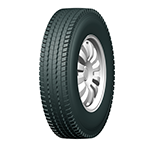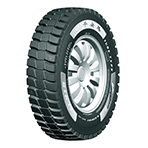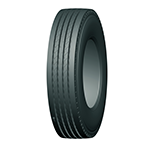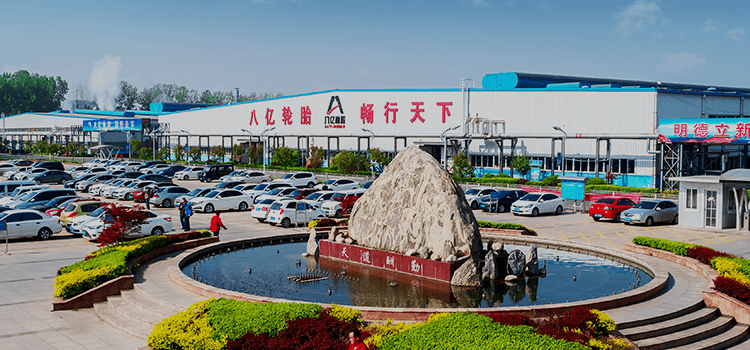What factors affect the wear resistance of all-steel tires?
An all-steel tire is a tire that uses wire plies instead of fiber plies. It is composed of many components, each of which affects the performance of the tire. Among them, wear resistance is an important performance indicator, which refers to the degree of wear caused by the friction between the tire and the ground during use. Factors that affect the wear resistance of all-steel tires mainly include the quality of the rubber material, the structural design of the tire, and usage conditions.
First of all, the quality of the rubber compound is one of the key factors affecting the wear resistance of all-steel tires. Rubber is the main component of tires, and different types of rubber have different performance characteristics. For all-steel tires, rubber with better wear resistance generally has higher hardness, strength and wear resistance. At present, commonly used rubber materials include natural rubber, synthetic rubber and fillers. Natural rubber has good wear resistance and crack resistance, but the price is higher; synthetic rubber can also achieve better wear resistance depending on its formula; the addition of fillers can increase the hardness and strength of the rubber. Improve wear resistance. Therefore, when producing all-steel tires, selecting appropriate rubber and ensuring its quality is one of the important measures to ensure tire wear resistance.

Secondly, the structural design of the tire also affects the wear resistance of all-steel tires. The structure of all-steel tires generally includes carcass, tread and pattern. The carcass is the main structure of the tire, consisting of a metal wire layer and a rubber layer. Whether the design of the carcass is reasonable or not directly affects the load-bearing capacity and wear resistance of the tire. A better carcass design can improve the wear resistance of the tire, and can also reduce problems such as tire breakage and air leakage caused by long-term stress. In addition, the design of the tread is also one of the factors that affects the wear resistance of all-steel tires. The tread is usually composed of pattern blocks, tread ribs and grooves. Reasonable tread design can improve the friction between the tire and the ground, reduce wear and tear, and increase the service life of the tire.
In addition, the use conditions are also one of the important factors affecting the wear resistance of all-steel tires. The usage conditions mainly include road conditions, vehicle speed, load and driving style, etc. Road conditions have a direct impact on tire wear. For example, particles such as sand and gravel on the road surface will accelerate tire wear. Vehicle speed and load also have an impact on tire wear. Higher vehicle speeds and overload use will lead to increased tire wear. Driving style also affects the wear resistance of tires. Intense driving behaviors such as sudden braking and sharp turns will increase tire wear. Therefore, in actual use, reasonable driving methods and usage conditions are crucial to the wear resistance of tires. In addition, regular tire care and maintenance can also extend the service life of tires and reduce wear and tear.
To sum up, the wear resistance of all-steel tires is affected by many factors, including the quality of the rubber material, the structural design and usage conditions of the tire. When producing and using all-steel tires, attention should be paid to selecting appropriate rubber materials and ensuring their quality, rationally designing the tire structure, rationally selecting usage conditions and driving methods, and strengthening tire care and maintenance to improve tire wear resistance. , extend the service life of tires.












